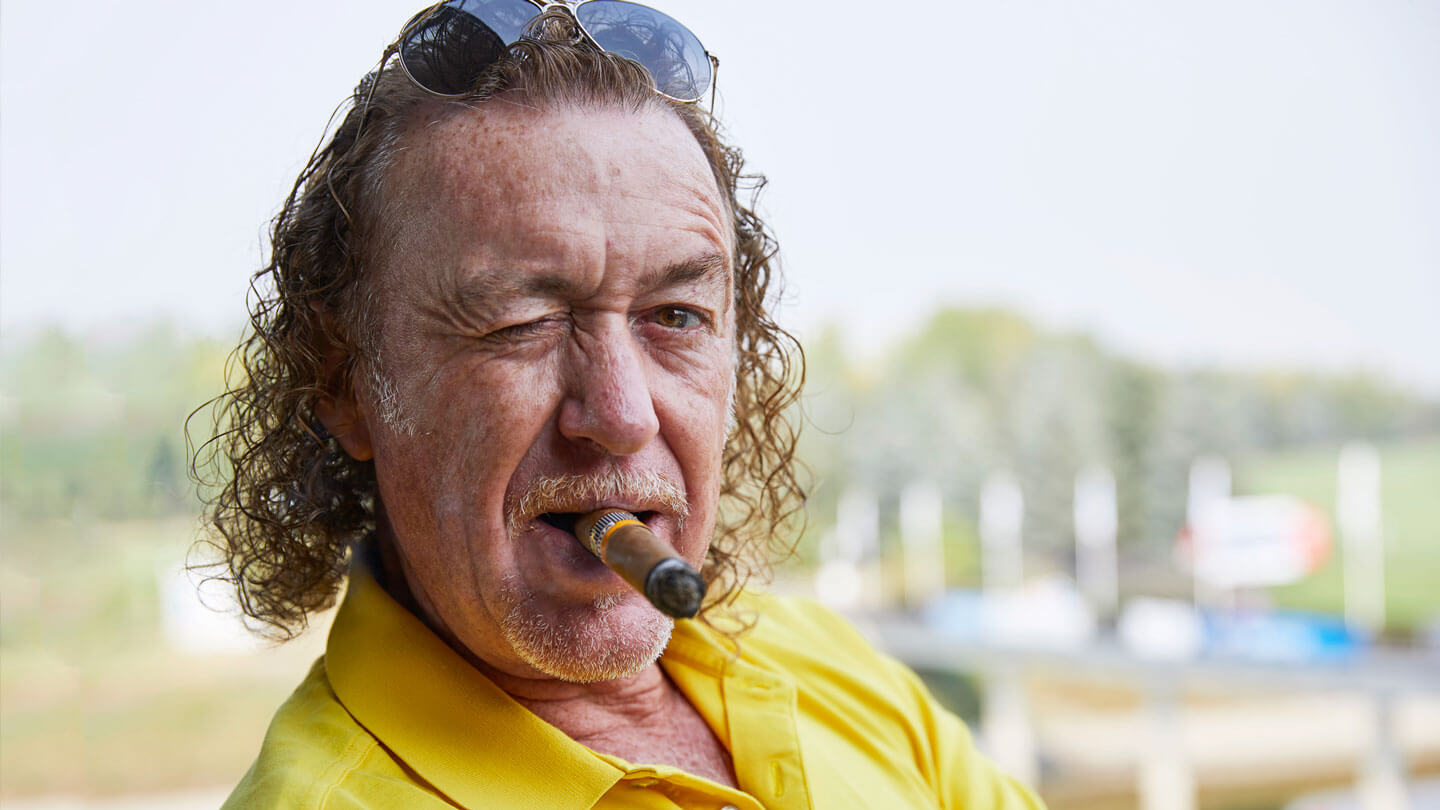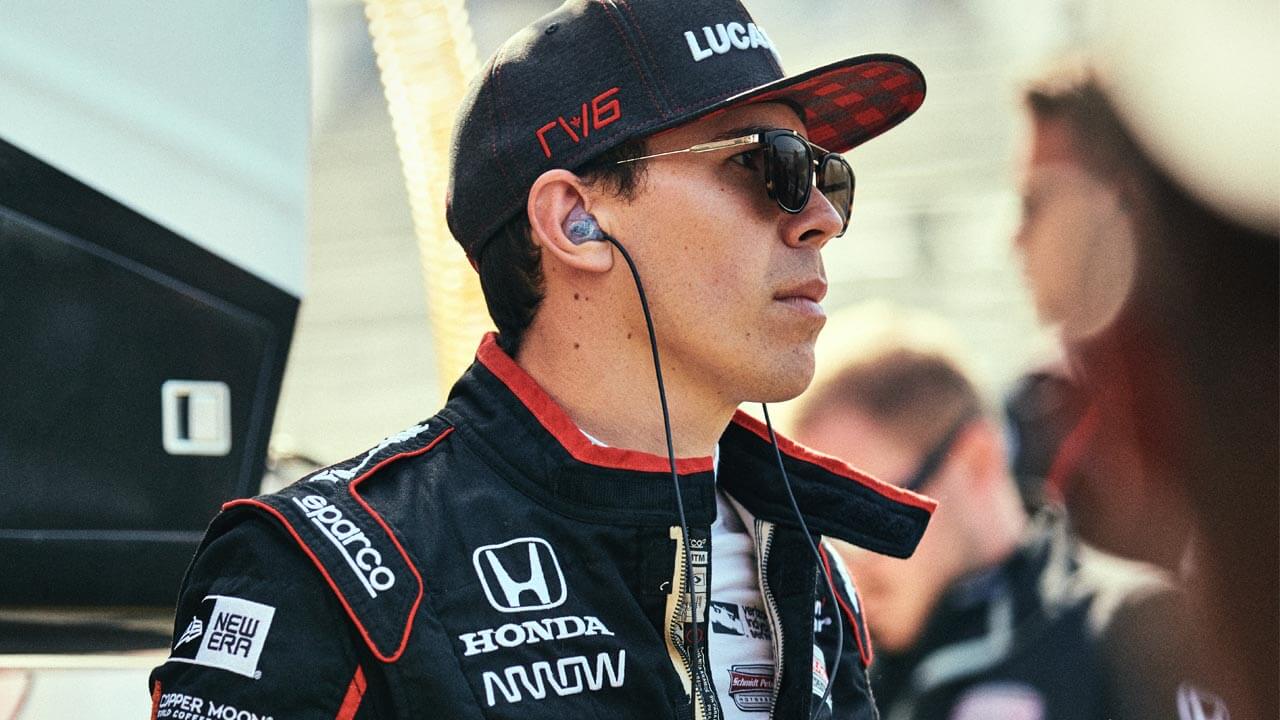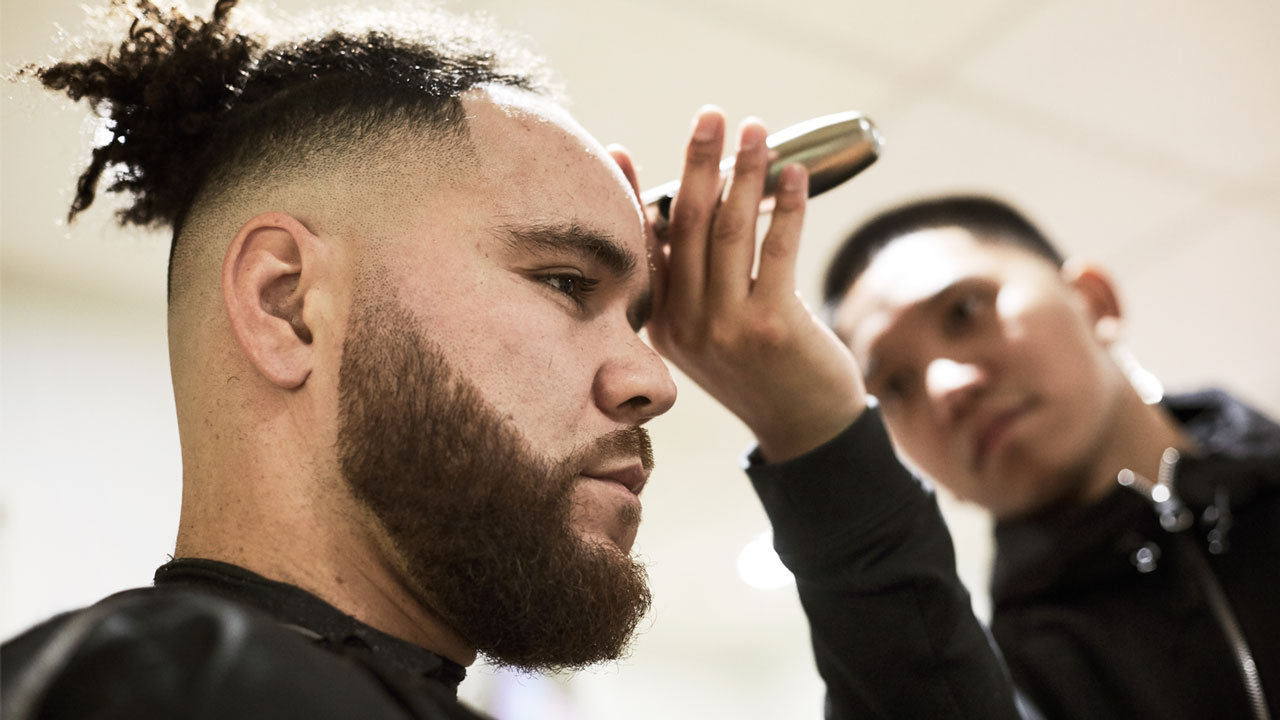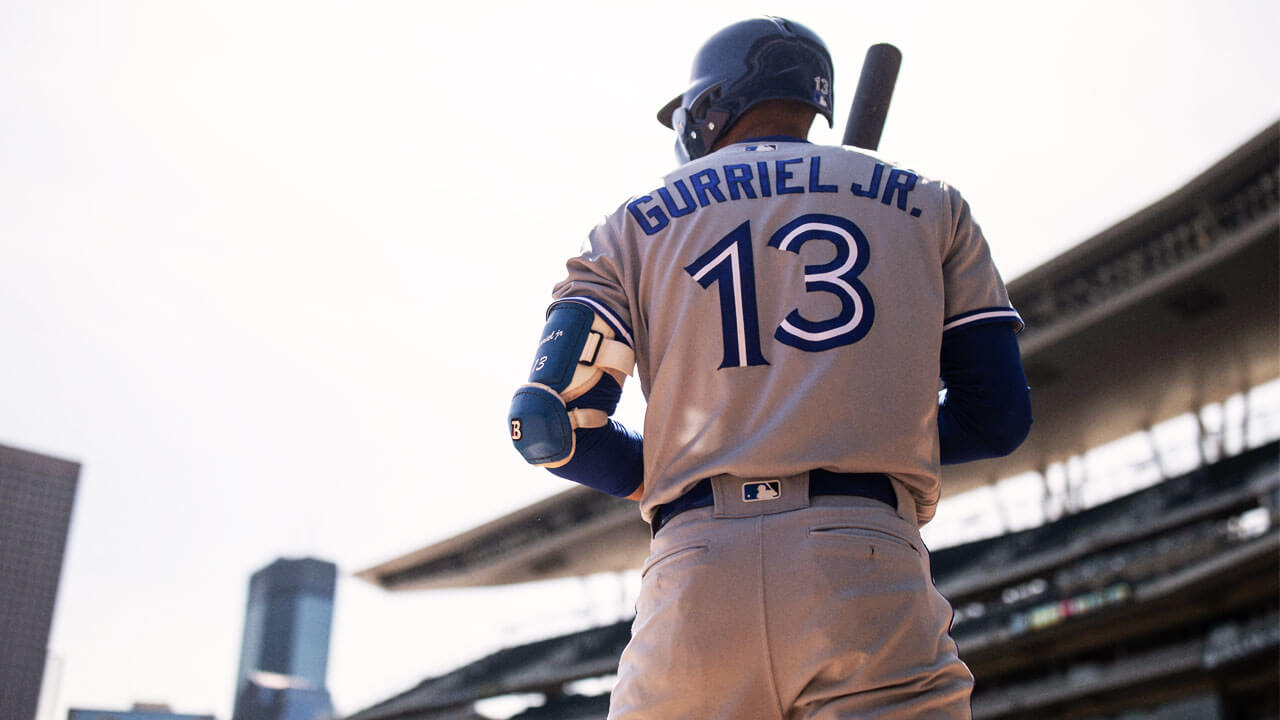He left school for good at 15 and began playing every day, an unpopular move in the eyes of his parents, who wanted him to pursue a stable career. Jimenez forged ahead, though, largely self-taught, because lessons were unaffordable. To this day, his older brother Juan remains his only consistent coach. When they were teenagers, Juan taught lessons at Torrequebrada. “I say, ‘Hey, brother, I want to do that,’” Jimenez recalls. “He tells me, ‘OK, you practice, you do what you do, you do good.’ That was the beginning.”
The signature long, curly hair was already there when he turned professional at 18, but Jimenez’s golf career didn’t exactly take off. First, he had to fulfill mandatory military service in Spain, which also meant losing that hair. “I have to spend 15 months with the military, wasted my time,” Jimenez says, hands waving. “We are with the military, moving here, moving there with the machines and fly in the airplanes and see things like that. We don’t have any war, anything to fight, you know? Waste.”
After his service was complete, Jimenez returned to Torrequebrada to caddy, collect balls, teach lessons “and of course I practice always in between,” he says. For the next few years he played tournaments all over Europe, piling into a car with a few other pros, teeing it up in Spain and Italy and France and Switzerland, trying to earn a paycheque. “You have a lot of pressure,” he explains, the pressure of trying to support not only himself, but also his parents and brothers. “You think you cannot play forever because I have no money, so how can I keep playing?”












